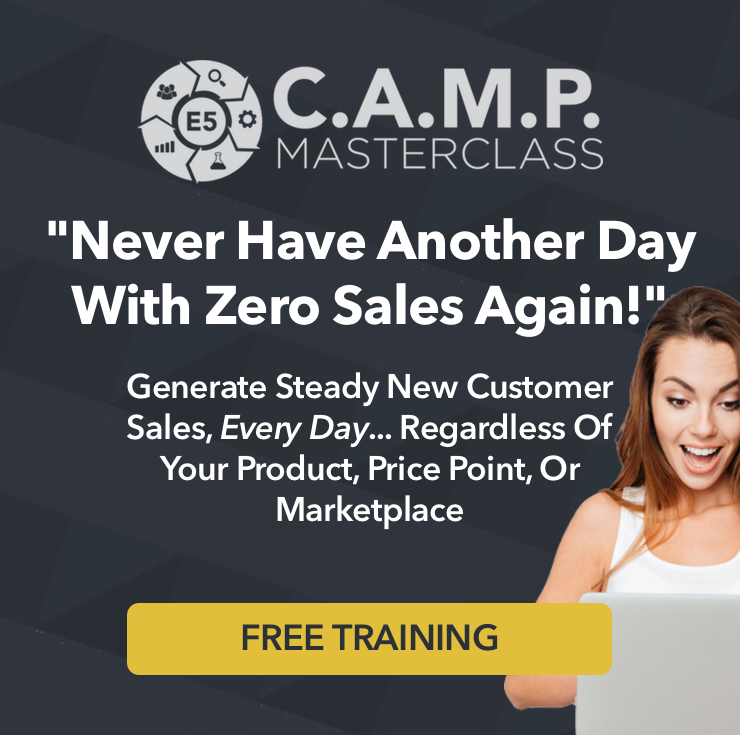Sometimes you want to compare apples to apples. And sometimes you want to compare them to oranges.
In a recent article we talked about how to set up a frame of reference when telling your prospects about the price of your product. We’ll explore that concept a little more in depth here, so you can find ways to apply it yourself.
In one of our examples, we looked at how Jay Abraham offered his list a live event priced at over $20,000. One of Jay’s strategic objectives was to establish a price point for the value of this event, knowing that the majority of people on his list weren’t going to attend live.
Jay was able to return to his list several months later with the DVD recordings of the event and say, “Here’s your opportunity to get the $25,000 event without having to travel or go anywhere, and be able to watch it in the comfort of your home for just $2000.”
Really? A set of DVDs for $2000?
It now seems like an incredible bargain! Even though he is really comparing apples to oranges.
Are you making a mess in your marketing?? Todd and Debbie are!
Jump onto “The Marketer’s Mind Show with Todd Brown”!
The apple is buying DVDs and watching them at home.
The orange is booking your hotel, paying for hotel food, potentially purchasing plane tickets (or at least paying for gas and parking), being away from your family, being away from your business, and traveling alone. All of that, without even including the price of the event itself, will cost you several thousand dollars.
On the other hand, you can get the entire set of DVDs, all the education, all the speakers, all the answers and materials, for a mere fraction of attending live.
In the same way, look at when Russell Brunson does a webinar where he tells you about his amazing software program which will cost you $X. That’s the apple.
In comparison, he tells you about how he used to have to pay a copywriter, a designer, a webmaster, and more, all just to set up one funnel, and it used to cost him thousands of dollars. And instead, you get it for $100.
That’s the orange. He’s comparing a piece of software, where you still need to do the work, to this other process of setting up a funnel.
The whole reason to do this type of comparison is because you want to establish a value for something. You want to “anchor” the price to something your prospects can understand, so when you tell them they will save 90% by doing it a different way entirely, they are much more likely to be excited about the lower-priced offer.
And because you know that by attending the event in person, your prospect will gain benefits simply not possible by just ordering the DVDs – such as finding JV partners and/or clients; getting to ask questions; meeting the presenters; etc. – it’s still an honest comparison.
In short: take two things that are similar, but not the same, and compare them, in order to establish value for the item you are selling. Make one of them much more expensive, knowing that only a handful of people will be able to take you up on that offer.
When you then make the much lower offer, your prospects will have a frame of reference that they would not have had otherwise, your new offer will seem like a bargain, and you will have some new customers.



